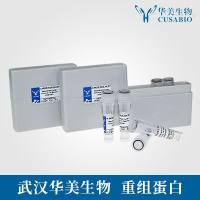High and Low Throughput Screens with Root-knot Nematodes Meloidogyne spp.
互联网
实验步骤
1. Tomato Seedling Growth in Pots and Trays
2. Cowpea Growth in Seedling Pouches
3. Extraction of Nematode Eggs
4) Cut the roots with scissors into small pieces. Dispose of the taproot.
6) Shake the jar containing the roots for 2 min.
8) Remove the top sieve and rinse the debris on the second sieve.
5. Tomato Root Infection in Pots or Trays and Evaluation of Infection
2) Stir the inoculum on a magnetic stirring plate at low speed.
7) Stain the egg masses blue by submerging the roots in 1 mg/L erioglaucine, for 15 min.
6. Cowpea Root Infection in Pouches and Evaluation of Infection
1) Count the nematode inoculum and stir on a magnetic stirring plate as described earlier.








